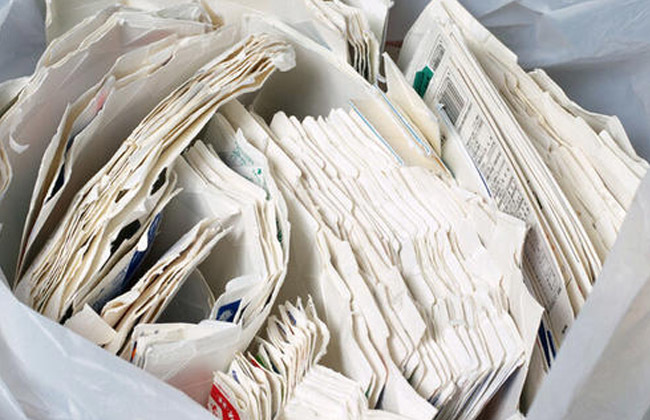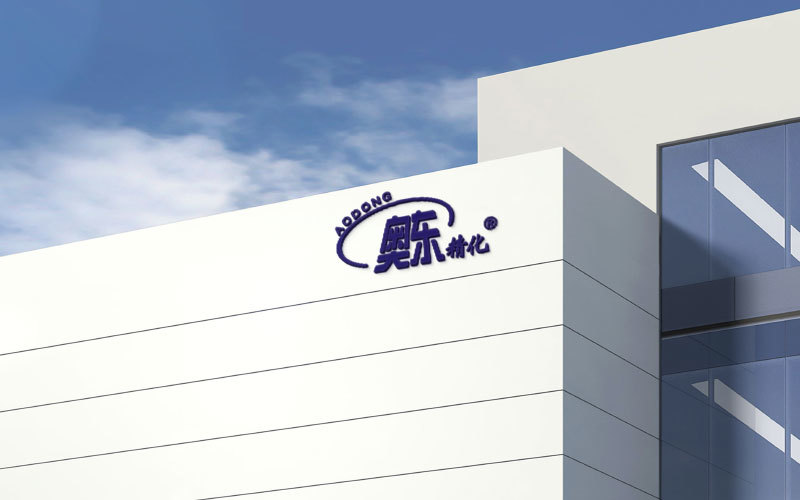30
2020
-
06
Reasons and Effects of Fiber Keratinization in Waste Paper Raw Materials
Author:
In recent years, with the import limits on foreign waste, the price of domestic waste has risen sharply, leading to significant changes in the raw material structure for domestic packaging paper production. It is well known that American waste (AOCC) is mostly used once, with its original fibers primarily being softwood fibers, while domestic waste (COCC or OCC) is often reused multiple times, resulting in shorter fibers with lower strength. In this environment, paper companies, especially those producing packaging paper, face challenges such as low raw material strength, difficulties in pulping, and increased demand for chemicals like dry strength agents and starch. So, what is the fundamental reason for the poor raw material strength, and how can it be effectively corrected? This is a question that every practitioner is pondering!
We know that during the paper production process, the pulp goes through dewatering, pressing, and drying stages. Both wet-end pressing and drying can cause irreversible changes to the fibers, which can lead to a decline in the dewatering performance of the pulp during reuse. In this broader context, wet-end filtration aids such as dewatering agents have emerged. The decrease in swelling ability leads to reduced toughness or plasticity of wet paper, which manifests in lower tensile, folding, and bursting resistance in the finished paper. Research has found that during the drying process, fibers shrink due to heat, causing the fiber structure to become compact, and the smallest gaps on the fiber surface to be sealed, significantly reducing fiber elasticity and swelling ability. Wet-end pressing can also cause fiber lignification; as pressure increases and pressing time extends, the fiber cell cavities are crushed, leading to irreversible closure of pores, and as the moisture content of the paper decreases, the degree of fiber lignification further increases.
In terms of pulp types, during wet-end pressing and drying, the degree of lignification from high to low is as follows: fully bleached chemical pulp, unbleached chemical pulp, mechanical pulp, and groundwood pulp. This means that the higher the lignin content, the lower the degree of fiber lignification during pressing and drying. From this perspective, recycled paper can consider prioritizing the selection of paper types with higher mechanical pulp content, such as uncoated cardboard, to reduce the impacts of fiber lignification, such as poor dewatering performance and low strength. Regarding the pulping process, adding an appropriate amount of caustic soda during pulping and extending the disintegration time can enhance fiber swelling and help mitigate the effects of lignification.
For fibers with a relatively high degree of lignification, it is advisable to mix them with recycled paper that has a higher mechanical pulp content and add appropriate strengthening chemicals such as dry strength agents and starch. In terms of wet-end dewatering, considering the addition of an appropriate amount of dewatering agents can improve pulping performance. In light of the current raw material situation, it is recommended that paper companies establish a fiber database for raw materials, monitor fiber morphology data for different batches, and optimize processes in real-time according to raw material conditions. They can also strengthen cooperation with relevant chemical suppliers in on-site services, choosing suppliers with a complete after-sale service system for collaboration, as purchasing products also means purchasing services.

Related news
Inquiry






